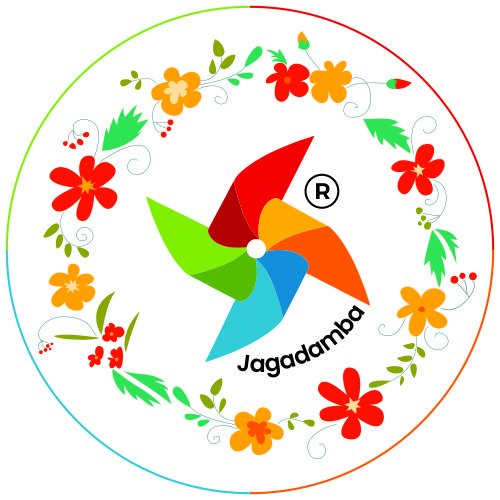



Successfully delivered 7Million+ Exclusive 1:1 Multi-Sensory, Multi-Disciplinary, Integrated, Autism Therapy, Speech Therapy, ABA Therapy, Occupational Therapy, CBT Therapy Services with measured 97% proven improvement rate, Empowering Kids, People with autism, sensorial conditions from 40 countries to be Self-Sufficient, to be part of mainstream society, to have wonderful life plausible, to wipe-off tears from their families, to bring smiles into their families. Call 9100 181 181 for your kids wonderful future today.
Pinnacle Blooms Network - India's Best Autism Therapy Centers Network with 1,600+ Multi-Sensory, Multi-Disciplinary, Integrated, Fulltime, Permanent, Autism Therapy Experts working across 100+ Pinnacle Centers PAN India, Delhi to Visakhapatnam, soul purpose of existence is: enriching 90+ crore kids, people, parents, families suffering from autism, sensorial conditions with effective skills & intervention strategies for overall development of the children through hand crafted programs by industry experts leading to overall development of the child thus happy families.
💡🚀 Hello Super Moms! Pinnacle welcoming you to the AI Revolution! 🚀💡
Welcome to Pinnacle Blooms Network, where we're reshaping the future of Autism Therapy. As the world's leading AI-Driven Autism Therapy Network, we're not just offering therapy, we're unlocking a world of opportunities for your child. 🌐🏆
🧠Pinancle AI technology 🤖 only of its kind in the world🥇, is a game-changer. Here's why:
1️⃣ Early Identification: We spot autism signs early, leading to quicker intervention and more effective results. 🕵️♀️🔍
2️⃣ Personalized Therapy: Every child is unique, and our AI helps us craft therapy plans tailored to your child's needs, leading to happier children and higher success rates! 🧩👩🔬🌈🎈
3️⃣ Continual Learning: Our AI evolves with your child, adjusting therapy as they progress, ensuring constant growth and effectiveness. 🎓🚀
4️⃣ Data-Driven Decisions: We're not guessing - we're predicting. Our AI helps make informed decisions based on patterns, trends, and analytics, leading to better strategies and successful outcomes. 📊💡
5️⃣ Efficiency & Accessibility: AI reduces time for assessments and feedback and breaks geographical barriers, allowing us to offer world-class therapy services worldwide. 🌍⏱
With a mission to empower 90+ crore kids, parents, and families affected by autism and sensorial conditions, we've successfully delivered 7 Million+ 1:1 Exclusive Multi-Sensory, Multi-Disciplinary, Integrated Autism, Speech, Occupational, ABA, Special Education Therapy Services achieving an impressive 97%+ success rate! 🏅
Here's the good news! You, too, can be a part of our success story. By embracing Pinnacle's AI-driven approach, you're not only investing in your child's future but also contributing to a global initiative recognized for transforming lives. Every new member strengthens our mission, helps us reach more families, and takes us a step closer to a world where every child, irrespective of their condition, can thrive. 💖
Are you ready to join us? Dial 📞 9100181181 and let our Pinnacle National Autism Helpline guide you on this journey. Together, let's turn challenges into opportunities and open a world of possibilities for your child. 🤝🌟
Remember, at Pinnacle, you're not alone. You're becoming part of a global community of brave, steadfast, super moms, all committed to their children's success. Let's transform lives, one child at a time. Because at Pinnacle, we don't just care - we change lives! 🌐💖